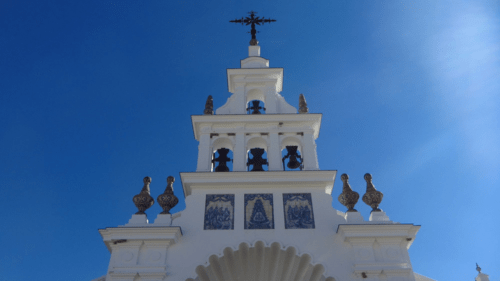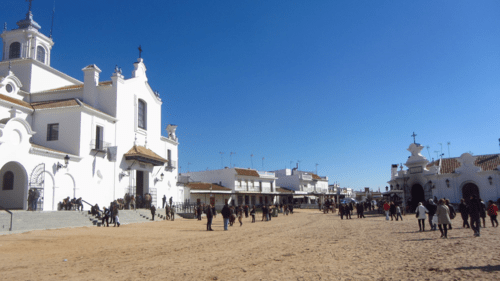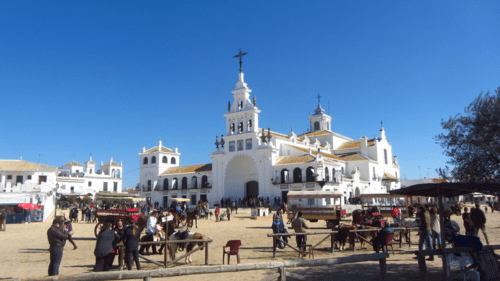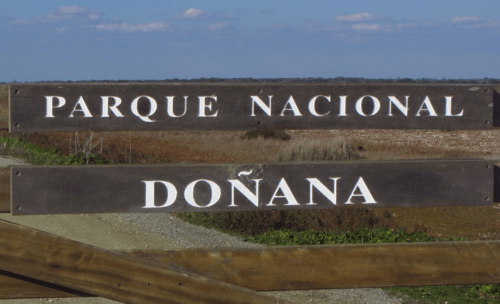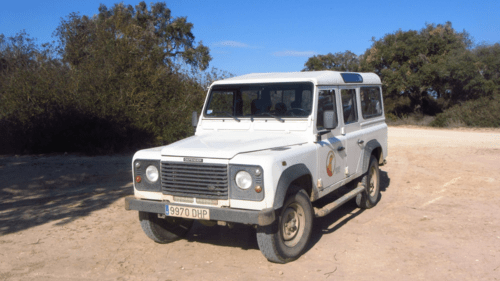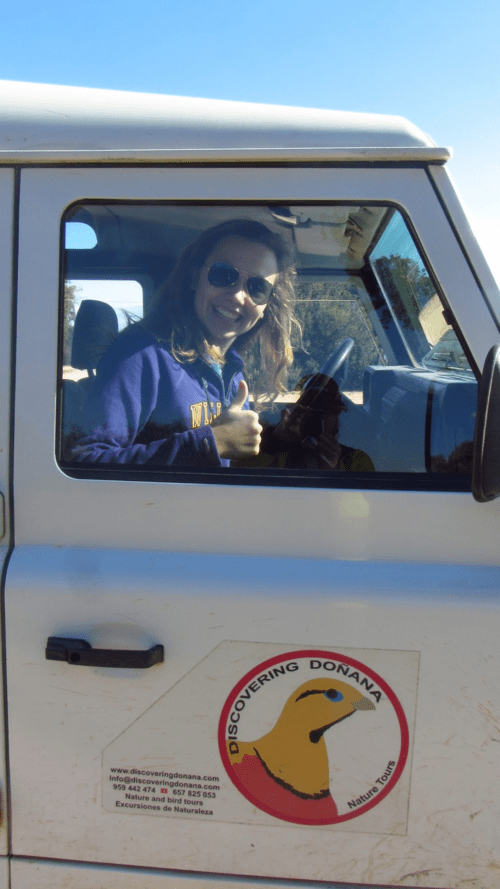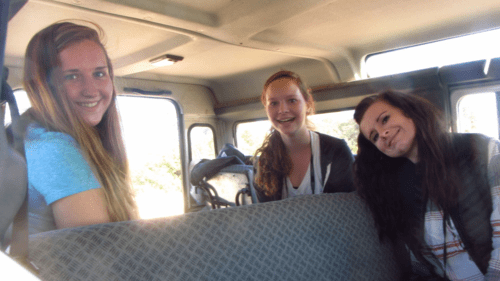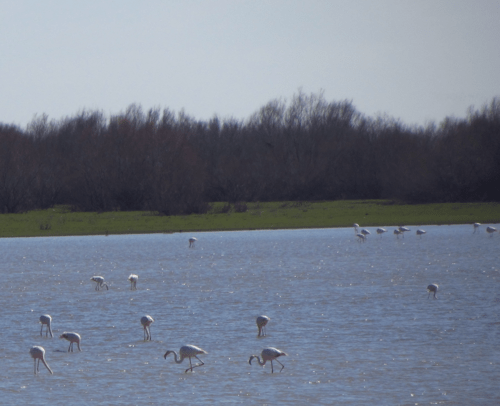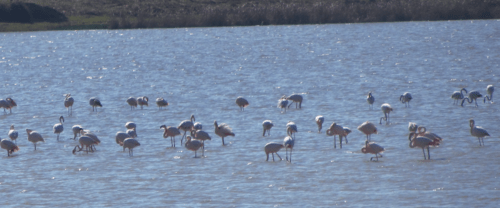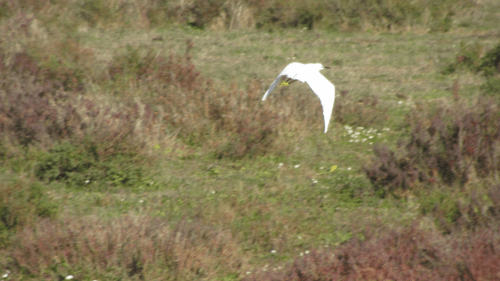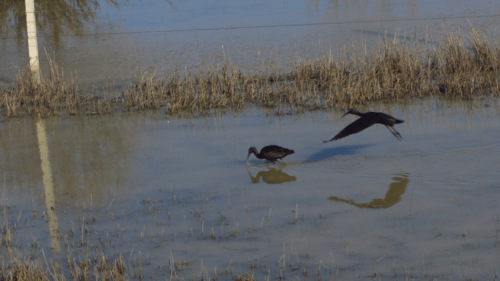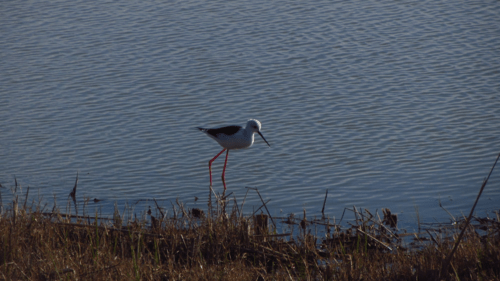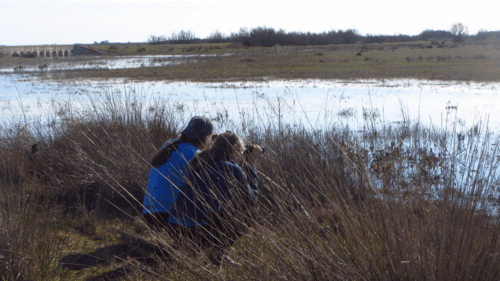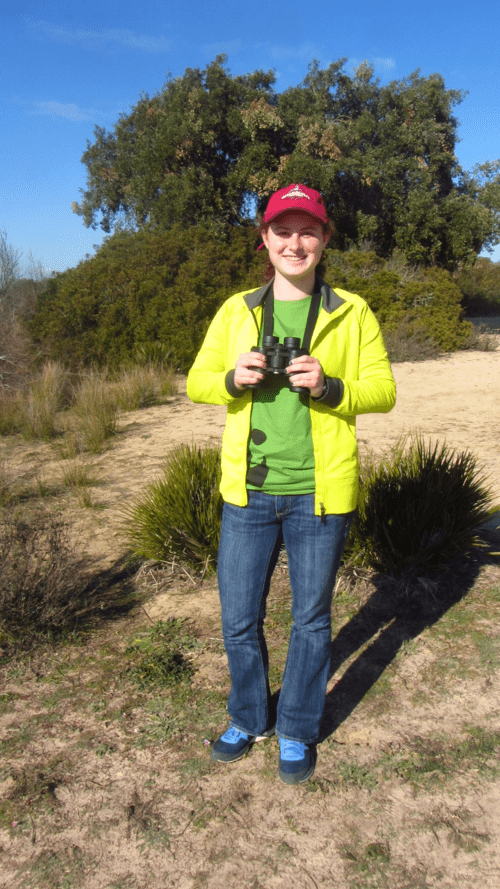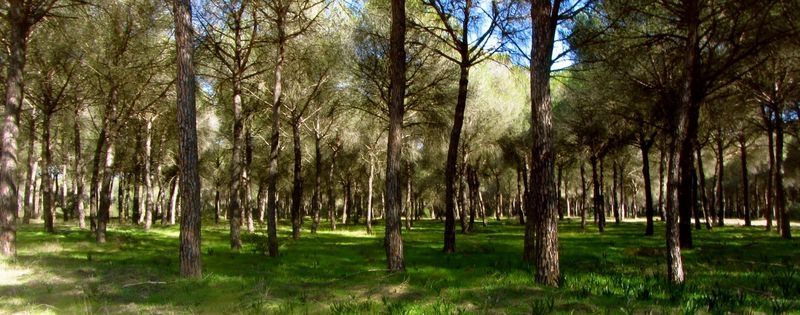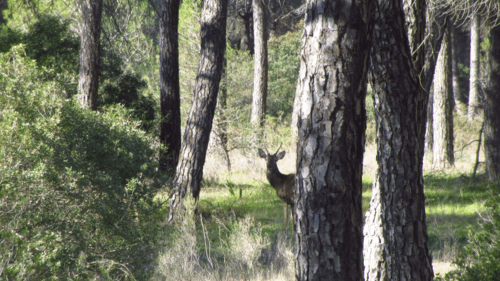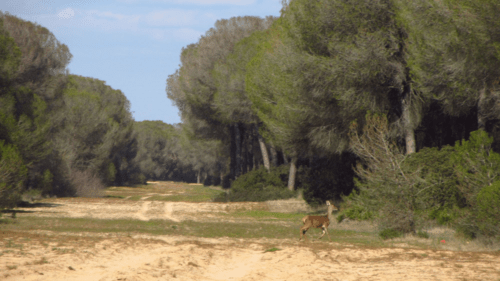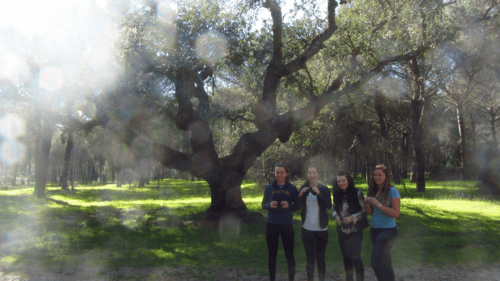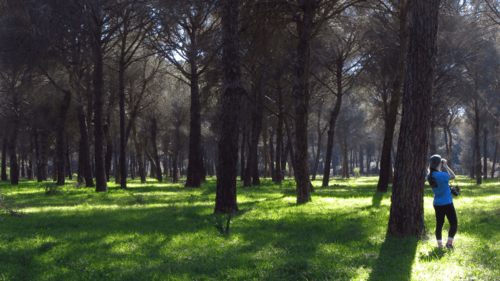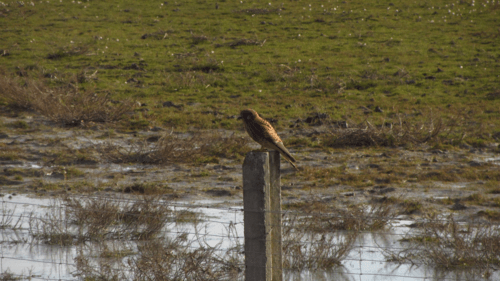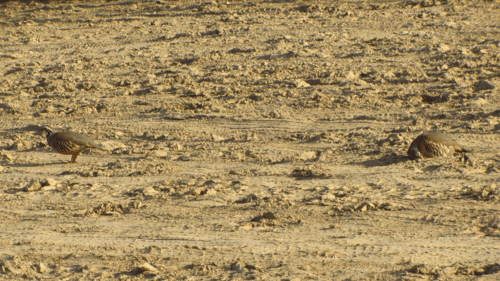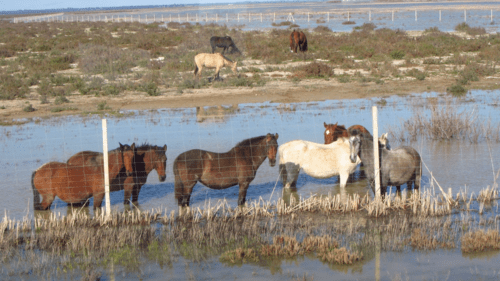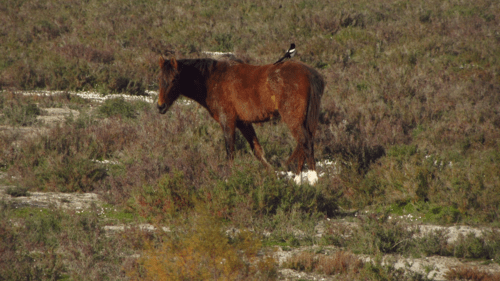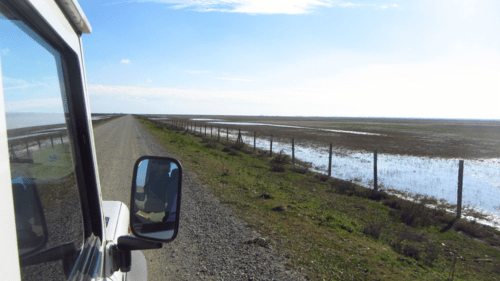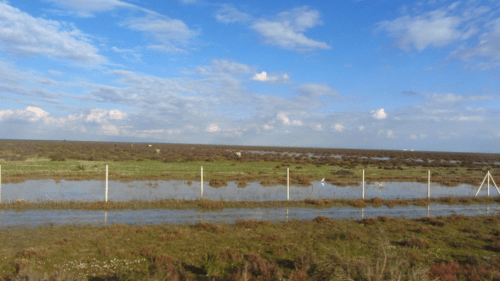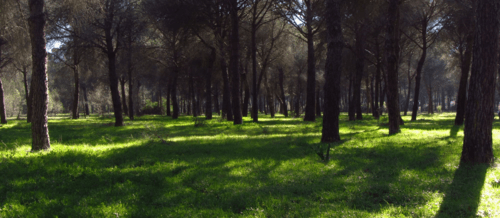"If at first you don't succeed, try again"
Hey guys! Welcome back.
Everyone has heard the saying, “If at first you don’t succeed, try again”, right? This phrase can apply to almost any obstacle you encounter. It has come in handy for me a couple of times while I’ve been over here in Spain. For instance, earlier this year, I planned a day trip to Doñana National Park with some friends, bought a ticket to where I needed to go, hopped on the bus, and was off. Not until I got to the beach town of Matalascañas did I realize that I was not in the right spot at all to go into the park. (Matalascañas is totally surrounded by the park, but you cannot get in it) It turned out to be a great day at the beach though. :)
Well, as the saying goes, I tried again to go to Doñana this past weekend, and was much more successful, thankfully. :) I had the awesome company of Eli, Emma, Riley, Erin, and Eliza with me to explore the park. I did my homework, and this time we went to El Rocío, which is where one of the entrances to the park is. The town reminded me of an old Western movie-there were no paved roads, more horses live there than people, and there are extra high tables at the restaurants for the customers who want to have a drink while sitting on their horse. El Rocío is also known for the brotherhoods that travel from long distances to have religious ceremonies there. The brotherhoods, or “hermandades” in Spanish, are similar to a fraternity, but have more of a religious significance.
Finally, the moment we’ve all been waiting for: Doñana. Since the park is so heavily protected, there are not many routes to go hiking, so we took a “safari” tour instead. It was not a bad exchange if I say so myself. All 6 of us, plus our guide Javier piled into a jeep, and took off into the wilderness.
Doñana is made up of a variety of different landscapes. Some of them are el bosque (forest), la marisma (salt marshes), and las dunas de arena (sand dunes). On this trip we visited the forest and salt marshes.
Our trip was during the middle of the day, not the best time to see animals, but we were lucky to see a fair number of birds, deer, and wild horses. We even came across a few flocks of flamingos! Flamingos in Europe? Who would have known?
Fun Facts about Flamingos:
- Flamingos make Doñana their home for almost the whole year.
- Many people have heard that flamingos are pink because they eat shrimp. This is true; there is a chemical in the shrimp that makes the birds pink. The same chemical that makes carrots orange.
- To catch their food, flamingos shuffle their feet in the water to loosen up the mud in hopes of finding a tasty treat.
Other waterfowl that we saw were storks, (Spanish-Cigüeña), herons (Garza), and different wading birds.
The forest portion of Doñana was such a unique place as well. We encountered a fair number of deer. The forest had a peaceful, quiet ambiance to it. The stillness and beauty was very refreshing from the hustle and bustle of the city. Right now the park is in its wet season, therefore the forest is lush and green. In the summer there is very little rain, so everything is dusty and dry.
A number of land birds and birds of prey were in the park too. Vultures (Buitre), Red Kites (Milano Real), Red Partridges (Perdiz Roja), and Kestrel Falcons (Cernícalo Común) make their home there.
Doñana is home to many more types of animals, for instance foxes, badgers, wild boars, and Iberian lynxes (these cats are critically endangered-there are only 80 in all of Spain). We didn't see any of these animals, but saw some wild horses.
Doñana was definitely worth visiting. It was a good change of pace from the daily life of Sevilla and a wonderful opportunity to learn about some of the wildlife in Spain. If anyone is planning a trip to Spain in the near future, put Doñana National Park on your list!
Related Posts
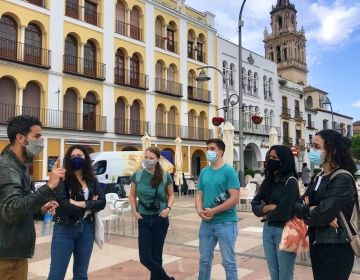
GAP & HSA: palaces & gastronomy in Écija & Osuna, Sevilla
Our GAP and HSA students got to visit these wonderful towns before they departed back to the States. Ecija is known as the City of Towers. Located in the centre... keep reading
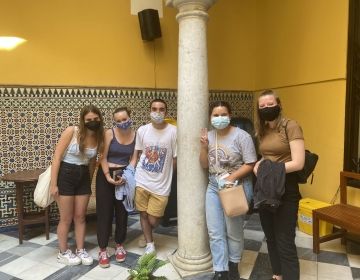
It´s not goodbye, it´s hasta luego
Our GAP program ended last week and althought we are sad to see our participants go, we are extremelly happy to have been able to offer a program that offers... keep reading
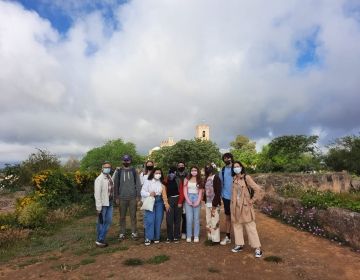
Exploring medieval castles in Sevilla
Our GAP students got the opportunity to explore two of the most important towns in the province of Seville: Alcalá de Guadaira and Utrera. Alcalá’s castle is the result of... keep reading
